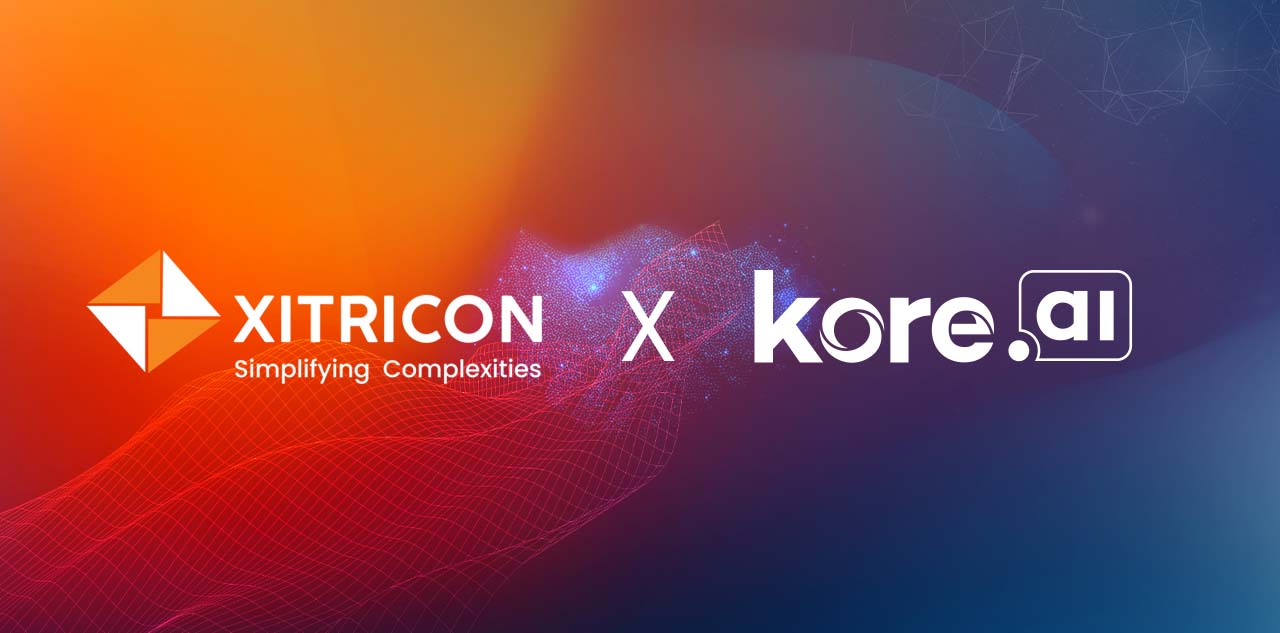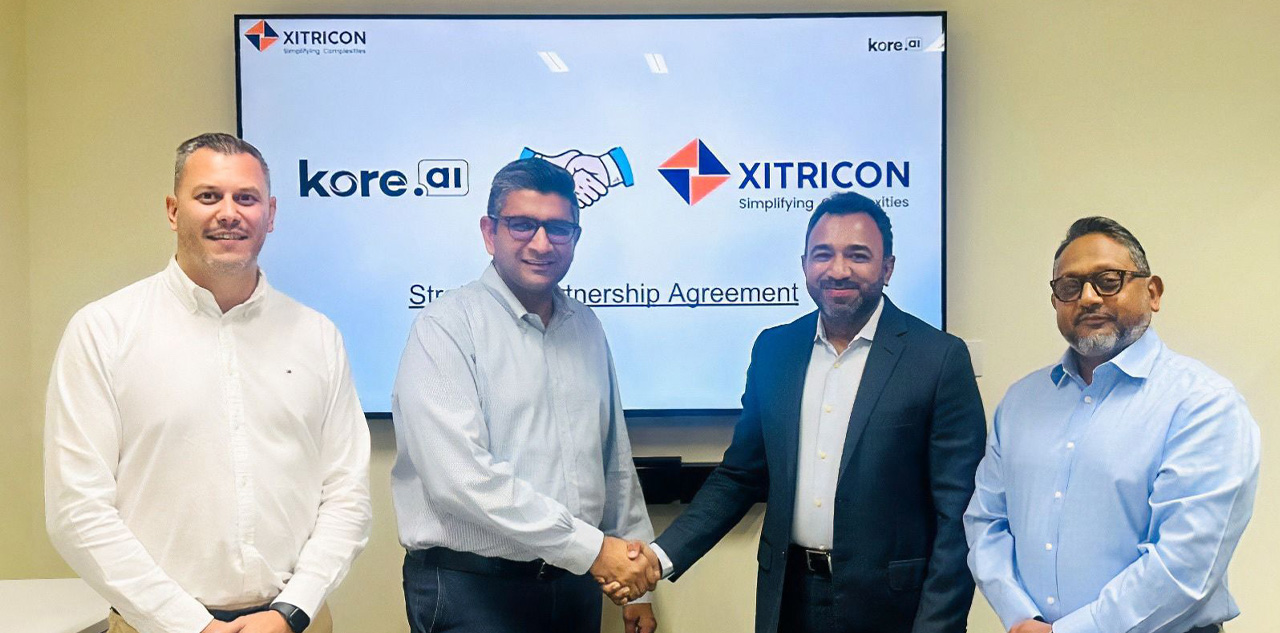Laying the Foundations for AI in Construction and Engineering: A Complete 2026 Guide
What is AI in Construction and Engineering?
Quick Answer: AI in construction and engineering uses machine learning algorithms and data analytics to optimize project planning, enhance worker safety, reduce costs, and improve decision-making throughout the project lifecycle.
Artificial Intelligence applies algorithms and machine learning to analyze construction data, automate repetitive tasks, predict outcomes, and support strategic decision-making in building projects. This technology transforms how organizations approach complex challenges—from site planning and resource allocation to safety compliance and supply chain coordination.
Construction projects involve managing countless interconnected variables. Traditional approaches rely heavily on human judgment, often leading to inefficiencies, errors, and costly delays. AI addresses these challenges by providing predictive insights, automating low-value work, and improving operational intelligence across all project phases.
Why AI Matters in Construction and Engineering
The construction industry faces persistent challenges that AI directly addresses:
Complex project coordination requiring simultaneous management of thousands of variables
Tight timelines and budget pressures demanding optimized resource allocation
Safety risks from hazardous site conditions and human error
Supply chain inefficiencies causing material delays and cost overruns
Equipment downtime reducing productivity and increasing expenses
Labor shortages in skilled trades limiting project capacity
By 2025, AI is delivering measurable solutions to these industry pain points.
Recent Posts
Key AI Applications in Construction and Engineering
Construction organizations are deploying AI across five strategic areas that deliver immediate value:
1. Predictive Maintenance for Construction Equipment
How it works: AI algorithms analyze equipment sensor data, historical maintenance records, and real-time operating parameters to predict failures before they occur.
Business Impact:
Reduces equipment downtime by anticipating failures
Extends machinery lifecycle and asset value
Minimizes emergency repair costs and project delays
Improves safety by preventing catastrophic equipment failures
Real-World Application: Construction companies using predictive AI maintain equipment continuously versus reacting to breakdowns, achieving up to 40% reduction in maintenance costs.
2. AI-Driven Project Planning and Scheduling
How it works: Machine learning models analyze historical project data, current resource availability, supplier capabilities, and external factors to optimize scheduling and resource allocation.
Key Capabilities:
Identifies potential schedule delays weeks in advance
Optimizes workforce scheduling across multiple sites
Suggests real-time adjustments when disruptions occur
Allocates equipment and labor resources efficiently
Improves forecast accuracy by analyzing patterns humans cannot detect
Strategic Value: AI project analytics enable proactive management rather than reactive firefighting, reducing delays and controlling costs.
3. Construction Site Safety Monitoring
How it works: AI-powered computer vision systems and IoT sensors continuously monitor job sites for safety hazards, unsafe worker behavior, and compliance violations.
Safety Improvements:
Detects hazards or unsafe behavior in real-time
Alerts supervisors immediately to prevent accidents
Reduces human error through automated monitoring
Ensures adherence to safety regulations and standards
Provides data for continuous safety improvement
Compliance Advantage: Automated monitoring creates an objective safety record, supporting regulatory compliance and reducing liability exposure.
4. AI-Enhanced Supply Chain Optimization
How it works: AI forecasts material requirements based on project schedules, historical consumption patterns, supplier performance, and market conditions.
Supply Chain Benefits:
Forecasts material needs with greater accuracy
Streamlines delivery timing to minimize on-site storage
Reduces material waste through optimized procurement
Prevents project delays from material shortages
Identifies cost-saving opportunities in vendor selection
Financial Impact: Optimized supply chains keep projects on budget and schedule while reducing working capital tied up in excess inventory.
5. Generative Design and BIM Integration
How it works: AI analyzes architectural and structural requirements, generating multiple design options optimized for cost, sustainability, constructability, and material efficiency.
Design Innovation:
Explores design alternatives faster than manual processes
Optimizes structural systems for cost and sustainability
Identifies constructability issues before building starts
Reduces design iterations and rework
Integrates with BIM for seamless project delivery
Timeline Acceleration: AI-powered design optimization can reduce design cycles by 30-50%, accelerating project schedules from inception.
Building an AI-Ready Construction Organization
Integrating AI into construction operations requires strategic planning beyond technology adoption. Organizations must build foundational capabilities across four key areas:
1. Data as the Foundation
Why it matters: AI insights are only as good as the data feeding the algorithms.
Implementation Steps:
Establish data quality standards and governance frameworks
Integrate data from construction management software, site sensors, and equipment logs
Create centralized data repositories accessible to AI systems
Implement data security and privacy controls
Ensure accurate, structured data entry across all project phases
Data Sources:
- Construction management platforms (scheduling, resource allocation)
- IoT sensors (equipment status, environmental conditions)
- Equipment logs (maintenance history, performance metrics)
- Historical project records (timelines, budgets, outcomes)
- BIM models (design and coordination data)
Laying-the-Foundations-for-AI-in-Construction-and-Engineering.docx
Goal-Setting Framework:
Efficiency goals: Reduce project timelines by X% through optimized scheduling
Cost objectives: Achieve X% cost reduction through supply chain optimization and predictive maintenance
Safety targets: Reduce incident rates by X% through automated site monitoring
Quality metrics: Decrease rework by X% through improved planning and design
Measurement Approach:
Establish baseline metrics before AI implementation
Track performance improvement against clear KPIs
Report results to demonstrate ROI and gain stakeholder support
3. Upskilling Construction Teams
Why it matters: Technology adoption succeeds only when teams understand and embrace new tools.
Training Program Elements:
Leadership training: Understanding AI capabilities, limitations, and strategic implications
Operational training: Using AI-powered planning and monitoring tools
Technical training: For staff managing data quality and system integration
Change management: Supporting teams through new workflows and decision-making processes
Adoption Strategy:
Start with early adopters to build internal expertise
Create champions who can mentor peers
Provide ongoing learning opportunities as systems evolve
Celebrate successes to build confidence and engagement
4. Collaborating with AI Experts
Why it matters: Expert partners accelerate implementation and mitigate risk.
Partnership Focus Areas:
Technology selection matched to your specific challenges
Implementation roadmap with realistic timelines
Data integration and systems architecture
Customization and ongoing optimization
Staff training and change management support
Expected Outcomes:
Faster time-to-value from AI investments
Higher quality implementations with fewer errors
Risk mitigation from experienced guidance
Scalable solutions supporting future growth
Real-World Benefits of AI in Construction
Organizations implementing AI report tangible, measurable advantages across multiple dimensions:
Faster Decision-Making
Impact: Predictive analytics enable proactive management decisions rather than reactive crisis response.Laying-the-Foundations-for-AI-in-Construction-and-Engineering.docx
Project managers receive early warnings about schedule risks
Maintenance teams address equipment issues before failures occur
Safety teams intervene immediately when hazards are detected
Procurement teams adjust supply orders to prevent shortages
Optimized Resource Utilization
Impact: AI-driven scheduling maximizes productivity of labor and equipment.
Construction crews spend more time on productive work, less on idle time
Equipment utilization rates improve significantly
Labor scheduling matches skills to project requirements
Multi-site operations balance resources across concurrent projects
Improved Safety and Compliance
Impact: Automated monitoring reduces human error and ensures regulatory adherence.
Safety incidents decrease through early hazard detection
Objective monitoring creates compliance documentation
Worker behavior improvement through continuous feedback
Regulatory agencies see improved safety records
Cost Efficiency
Impact: Optimized operations reduce project costs substantially.
Predictive maintenance extends equipment life
Supply chain optimization reduces material costs
Improved scheduling reduces labor costs
Early problem detection prevents expensive rework
Increased Efficiency and Productivity
Impact: By 2025, AI-driven automation is demonstrably improving construction productivity.
Autonomous equipment performs repetitive tasks continuously
Design and planning processes execute faster
Workforce productivity increases through better coordination
Project cycle times reduce, accelerating completion
The Future of AI in Construction with Xitricon
AI is already transforming the construction and engineering landscape. By building a foundation of data quality, strategic AI integration, and process optimization, companies can unlock innovation, improve operational efficiency, and maintain a competitive edge.
Xitricon's Role in Your AI Transformation
Xitricon delivers comprehensive solutions for construction organizations embracing AI:
Predictive maintenance systems that extend equipment life and reduce downtime
AI-powered project analytics for optimized planning and scheduling
Construction operational intelligence providing real-time visibility and insights
Safety monitoring platforms using computer vision and IoT integration
Supply chain optimization through demand forecasting and procurement automation
We guide organizations through data strategy, technology implementation, team upskilling, and process transformation—converting challenges into opportunities through data-driven decision-making.
Frequently Asked Questions: AI in Construction and Engineering
A: AI uses algorithms and machine learning to analyze data, automate tasks, predict outcomes, and support decision-making in construction and engineering projects.
A: AI optimizes schedules, resource allocation, and risk management by analyzing historical and real-time construction data, identifying potential delays before they occur.
Yes. AI-powered sensors and computer vision detect hazards or unsafe behavior, helping prevent accidents and ensure regulatory compliance.
AI predicts equipment failures before they happen by analyzing sensor data and performance patterns, reducing downtime, minimizing repair costs, and extending machinery life.
A: AI forecasts material needs, schedules deliveries based on project requirements, and minimizes waste, keeping projects on time and budget.
A: High-quality, structured data from construction management tools, sensors, equipment logs, BIM models, and historical project records.
A: Focus on data quality, align AI with strategic goals, upskill teams on new technologies and processes, and collaborate with experienced technology providers.
A: Benefits include faster decision-making, optimized resources, enhanced safety, cost savings, improved project efficiency, and extended equipment lifecycles.
A: Xitricon provides AI-driven solutions for predictive maintenance, project analytics, and operational intelligence, along with strategic guidance on data strategy, technology selection, implementation planning, and team upskilling.
A: AI is already being implemented in construction today to improve efficiency, safety, and profitability. Organizations deploying AI now are gaining competitive advantages.
About Xitricon
Xitricon simplifies complexities by delivering tailored enterprise solutions that address your unique business needs, leveraging cutting-edge technologies, strategic OEM alliances, BPO services, and custom-made software capabilities to position your business for accelerated growth .
We pride ourselves on our ability to deliver innovative and effective solutions that drive growth and efficiency. Our team of experts collaborates closely with clients to understand their challenges and goals, providing personalized strategies that pave the way for sustainable success. From initial consultation to implementation and beyond, Xitricon is committed to guiding your business through the ever-evolving digital landscape.



Discover how Xitricon can help your business thrive in the digital age.
Ross Creed
Senior IFS Applications Consultant (FSM & PSO)